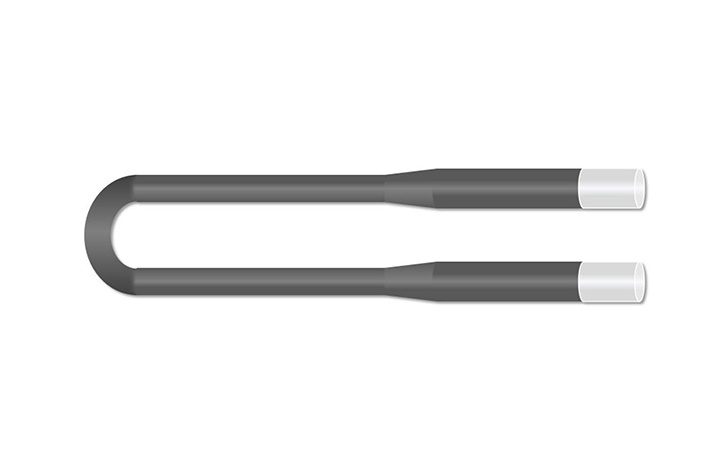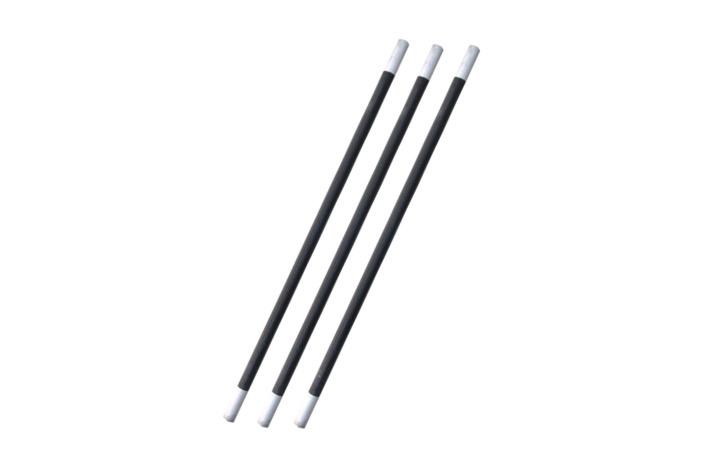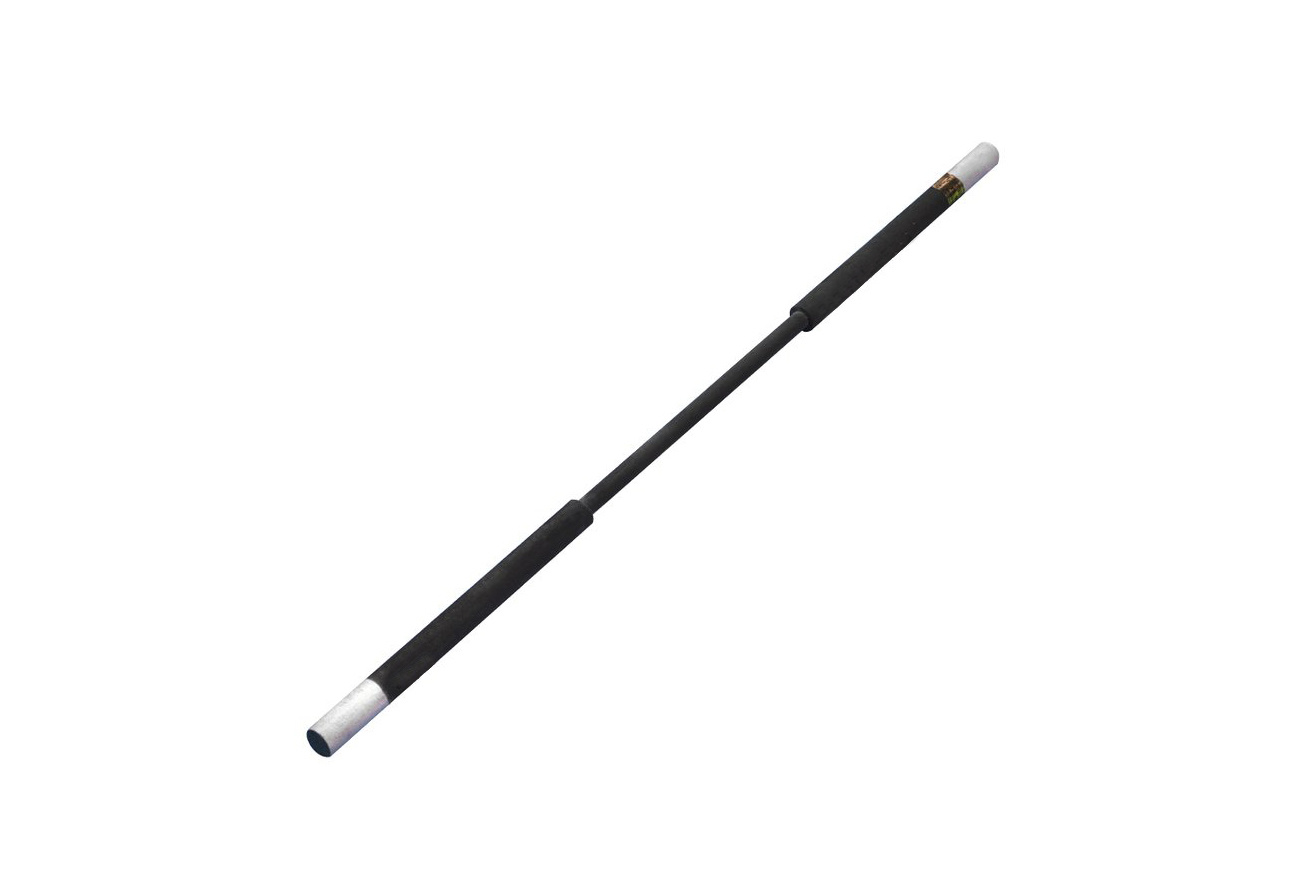Silicon carbide plate
Reaction-sintered silicon carbide roller rods are suitable for high-temperature firing zones in roller kilns for daily ceramics, sanitary kilns, building kilns, glass, and magnetic materials.
Classification:
keyword: Silicon carbide plate
Share:
Product Description
Reaction-sintered silicon carbide rods are suitable for high-temperature firing zones in roller kilns for daily ceramics, sanitary kilns, building kilns, glass, and magnetic materials. Reaction-sintered silicon carbide rods have a high load-bearing capacity at high temperatures, do not bend or deform during long-term use, and have a service life more than 10 times that of alumina ceramic rods.
Physical and chemical indicators
| Project | Unit | Index |
| Maximum operating temperature | ℃ | 1380 |
| Density | g/cm3 | >=3.02 |
| Porosity | % | <0.1 |
| Bending strength | Mpa | 250(20℃) |
| Mpa | 280(1200℃) | |
| Elastic modulus | Gpa | 330(20℃) |
| Gpa | 300(1200℃) | |
| Thermal conductivity coefficient | W/m.k | 45(1200℃) |
| Thermal expansion coefficient | K-1x10-6 | 4.5 |
| Vickers hardness | HV2 | ≥2100 |
| Acid and alkali resistance | Excellent |
The bending strength of reaction-sintered silicon carbide rods is calculated based on 250MP with a safety factor of 5, and the load-bearing capacity is determined for a length of 1 meter.
If the length of the product is L, the load-bearing capacity can be calculated using the following formula: concentrated load = surface value 1/L, uniformly distributed load = surface value * 1/L.
The applicable temperature for this load-bearing capacity is 1380℃.
Rod load-bearing capacity table
| Length (m) | Size | Concentrated load capacity (kg) | Uniformly distributed load capacity (kg) | ||
| L | D1 | D2 | delta | ||
| 1 | 35 | 23 | 6 | 70 | 140 |
| 1 | 40 | 28 | 6 | 97 | 194 |
| 1 | 45 | 33 | 6 | 130 | 260 |
| 1 | 60 | 46 | 7 | 283 | 566 |
| 1 | 80 | 46 | 8 | 604 | 1208 |
Previous Page
Next Page
Previous Page
Next Page
Related Products
Equal diameter silicon carbide rods are alternative products to coarse end silicon carbide rods, featuring advantages such as low end resistance, long service life, and energy saving. They are commonly used in industries such as rare earth phosphors, electronics, magnetic materials, powder metallurgy, and precision casting, serving as heating elements for push plate furnaces, mesh belt furnaces, trolley furnaces, and box furnaces.
U-shaped silicon molybdenum rod
U-shaped silicon molybdenum rod: The double-handled U-shaped design component is the most commonly used type. The heating end is welded to the cold end terminal part, while the cold end diameter is twice that of the heating end diameter. This specification is the most commonly used specification and is generally used for vertical suspension.
Straight rod type silicon carbide rod
Equal diameter silicon carbide rods are alternative products to coarse end silicon carbide rods, featuring advantages such as low end resistance, long service life, and energy saving. They are commonly used in industries such as rare earth phosphors, electronics, magnetic materials, powder metallurgy, and precision casting, serving as heating elements for push plate furnaces, mesh belt furnaces, car furnaces, and box furnaces.
The coarse end silicon carbide rod is an electric heating element composed of a hollow tubular heating part and a thickened end. The material of the element is hard and brittle, resistant to rapid cooling and heating, and does not deform at high temperatures.
Online message
If you are interested in our products, please leave your email, we will contact you as soon as possible, thank you!

















